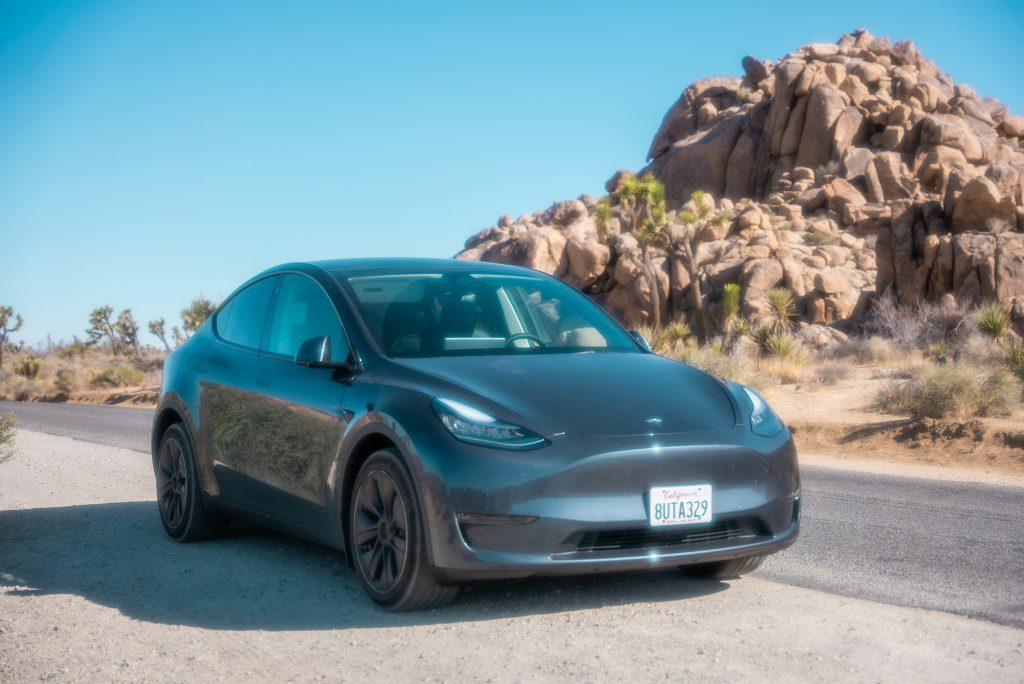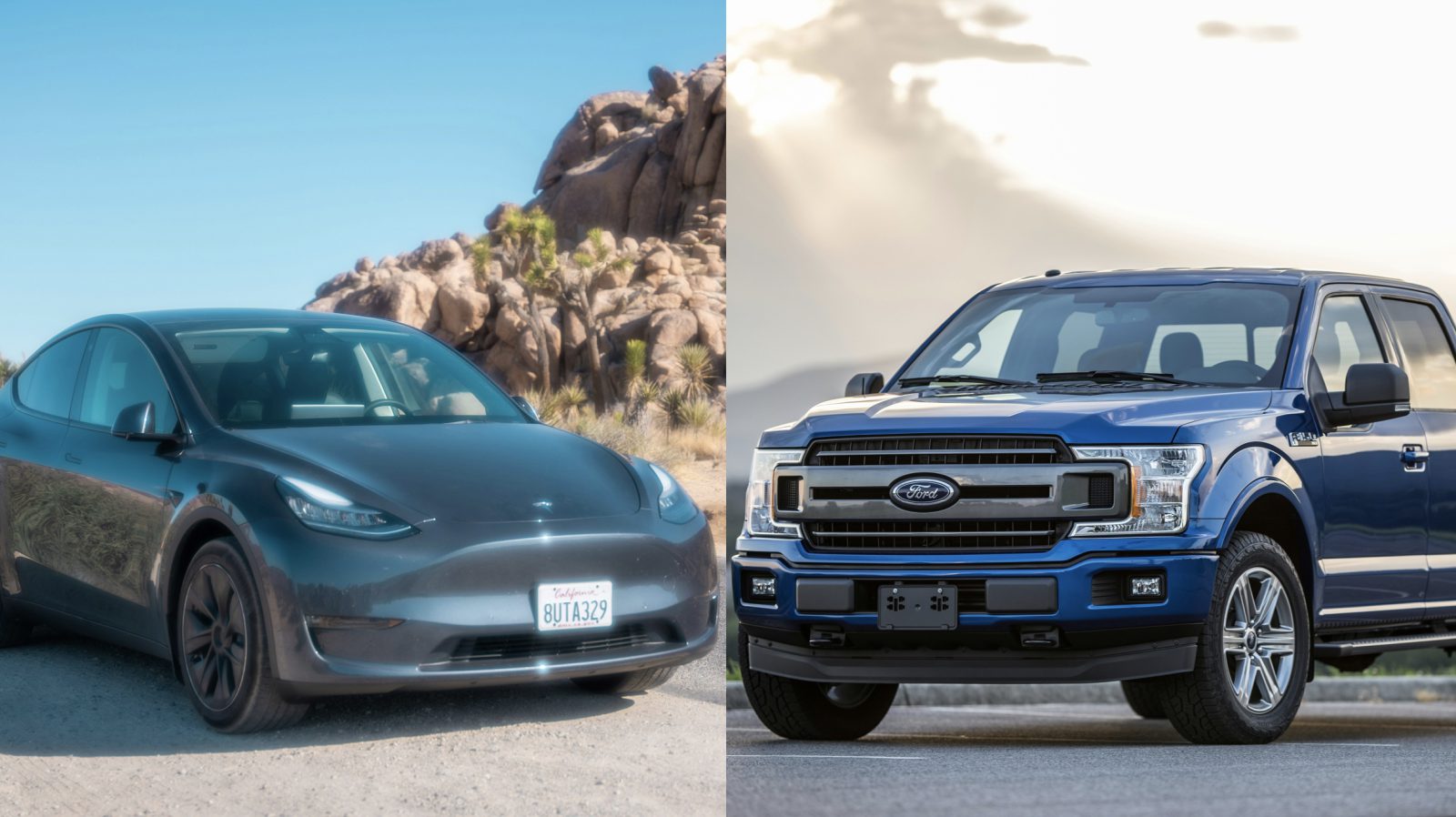In the United States, Ford pickup trucks have long been a dominant force in the market. The Ford F-150 frequently held the title of the best-selling vehicle across all categories, with other full-size pickups like the Chevrolet Silverado often not far behind. However, things have started to change, particularly with the rise of Tesla in the electric vehicle (EV) space. Tesla, which is now the largest producer of fully electric vehicles globally, saw sales surge, especially with its Model Y SUV, which nearly dethroned long-standing leaders like the Toyota RAV4 and Ford F-150. In 2022 alone, Tesla produced over 1.3 million EVs, and the company continues to expand its manufacturing capabilities, positioning itself at the forefront of the EV revolution.
Ford’s Pickup Truck Dominance Slips

Traditionally, pickup trucks in the U.S. commanded high prices, and buyers were willing to pay premium amounts for fully-loaded, high-performance models. Some pickups, like the Ford F-150, have sold for over $100,000 when fully equipped with features such as four-door 4×4 capabilities. But times are changing. In 2024, the F-150—both in internal combustion engine (ICE) and electric versions—dropped to the #3 spot in overall sales, after being in #4 during the first quarter. It held 2.7% of the market share in the first half of the year, trailing behind the Toyota RAV4 and the Tesla Model Y, each of which held a 2.8% market share, as per Experian’s registration data.
Meanwhile, the Chevrolet Silverado 1500 saw its market share rise to 2.5%, placing it at #5. The GMC Sierra 1500 had a smaller share of 1.4%, while Stellantis’ Ram 1500 dropped off the list of the 20 best-selling models after previously holding the #10 spot in Q1, reflecting Stellantis’ broader challenges in the U.S. market.
Tesla’s Model Y Surges Forward

The Tesla Model Y has been gaining momentum, quickly climbing to become one of the best-selling vehicles in the U.S. Its market share increased to 2.8%, just shy of taking the top spot from the Toyota RAV4. This marks the highest share ever for the Model Y, up from 2.6% in Q1. The Model Y is on the verge of becoming the #1 selling vehicle in the U.S., signaling a major shift in consumer preferences toward EVs.
Stellantis Faces Setbacks
Stellantis, the automaker behind brands like Ram, Jeep, Dodge, and Chrysler, has experienced significant setbacks. In the first half of 2024, Stellantis slipped to #6 in the rankings, behind Honda and Hyundai-Kia. Its market share fell to 8.3%, down from 9.0% in Q1, a noticeable decline from 9.9% in Q3 of 2023.
Bestselling Models in the U.S.
According to Experian’s report based on vehicle registration data, the top five best-selling models in the U.S. during the first half of 2024 were:
- Toyota RAV4 – 2.8% market share, down from 3.2% in Q1.
- Tesla Model Y – 2.8% market share, up from 2.6% in Q1.
- Ford F-150 – 2.7% market share, up from 2.4% in Q1.
- Honda CR-V – 2.5% market share, holding steady from previous quarters.
- Chevrolet Silverado 1500 – 2.5% market share, recovering from earlier drops.
The Big Players in the U.S. Automotive Market
The Big Three U.S. automakers—GM, Ford, and Stellantis—continue to dominate the domestic market, although with some shifts:
- General Motors (GM), which includes Chevrolet, Buick, Cadillac, and GMC, maintained its #1 position with a 17.0% market share, up from 15.7% in Q1.
- Ford held onto the #3 spot but saw its market share dip to 12.4%, down from 13.0% in Q1.
- Tesla, meanwhile, has continued to rise and now holds the #8 spot with a market share of 4.1%, up from 3.5% in Q1.
The Rise of EV Market Share
The electric vehicle market in the U.S. has grown significantly, with EVs making up 9.0% of all vehicle sales in the second quarter of 2024, up from 8.1% in the same period the previous year. This data excludes hybrids and plug-in hybrids and reflects the growing consumer interest in fully electric vehicles. Despite some concerns about the sustainability of this growth, EVs continue to gain market share as traditional ICE vehicle sales decline.
The U.S. auto market is witnessing a significant shift as electric vehicles like the Tesla Model Y inch closer to becoming the top-selling vehicles. The once-dominant Ford F-150 has seen its market share slip, and other traditional automakers like Stellantis are facing challenges. As the demand for electric vehicles grows, Tesla’s position as the largest producer of fully electric vehicles globally continues to strengthen, while established automakers must adapt to an evolving market.
Reference : Wolf Richter






